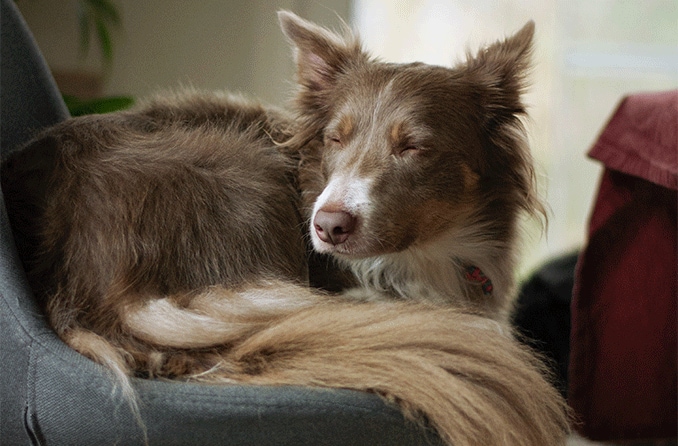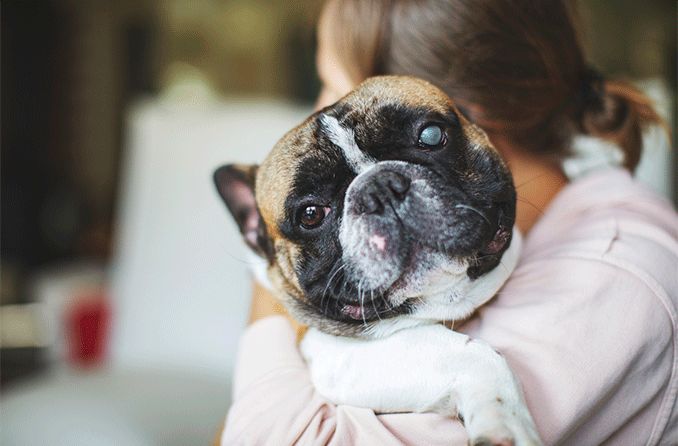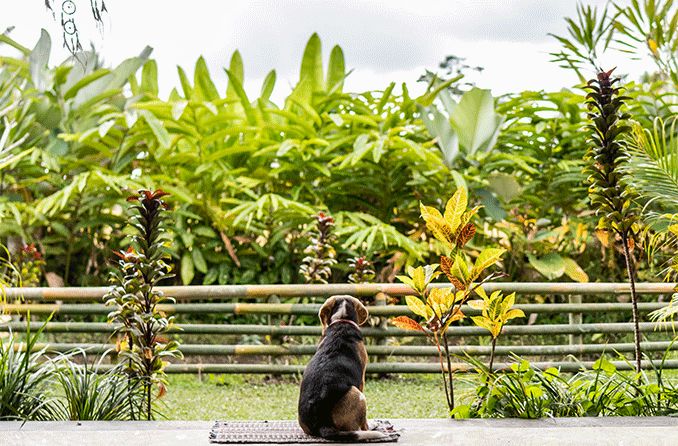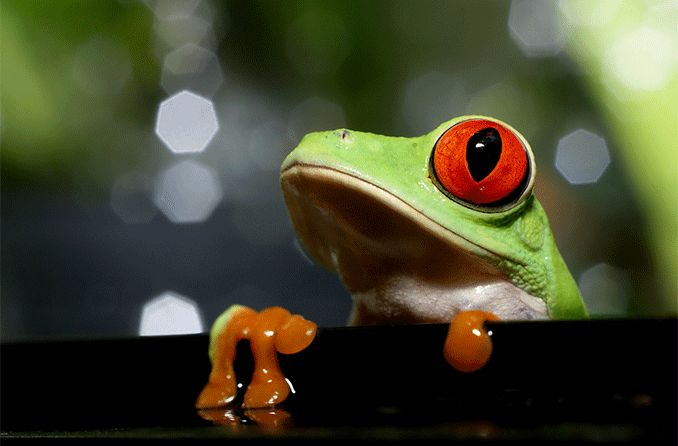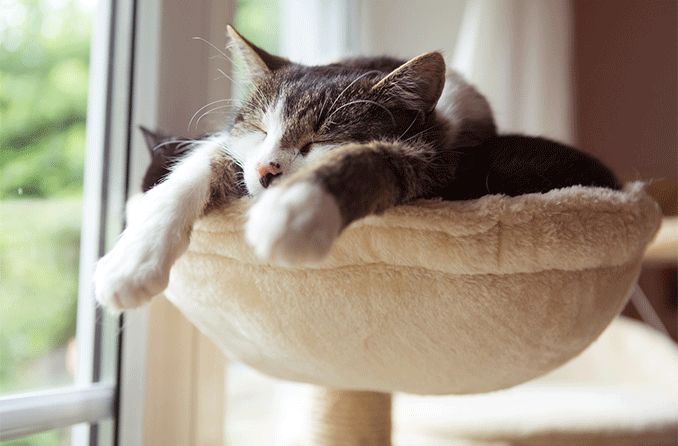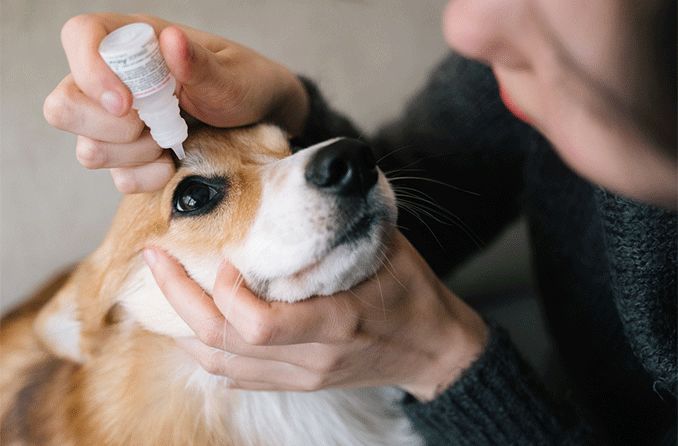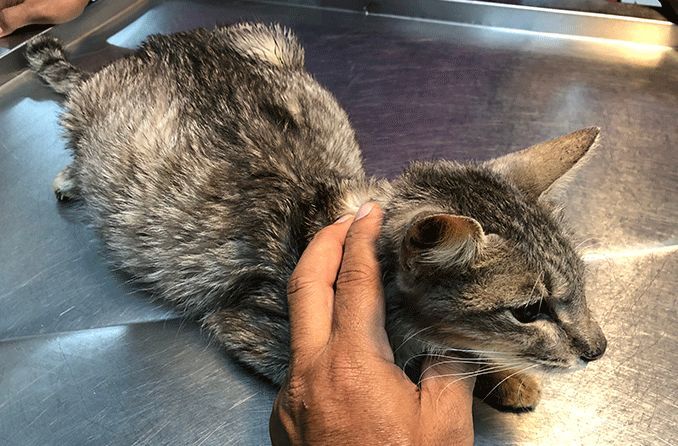Dogs rely on their senses of smell, hearing and touch to a greater degree than humans do, and even more so when their vision is poor.
In many cases, a dog that seems blind can still see some light and shapes. You might notice these dogs turning their head when a light comes on or following you with their eyes when you walk past them.
Dogs with low vision will usually continue to use even the faintest sense of sight to identify the outlines of objects. Completely blind dogs will use the familiar scent of a sofa or texture of the floor to figure out which part of the home they’re in.
Before you move anything, take the following factors into consideration:
- Like people, dogs find great comfort in knowing where to go when they’re hungry or thirsty. Try not to move their food and water bowls, unless you really need to, as this can make them feel anxious.
- The same is true for furniture and other familiar fixtures they’re used to living with. When a dog has vision loss, it uses familiar objects like a couch, table or chair to know where they are. Moving or removing these objects can make them feel lost in their own home.
- Don’t feel like you have to separate your dog from other pets in the home unless you have reason to. “Other pets can actually help. They leave scent trails wherever they go that a blind pet can follow,” Dr. Belden says.
Create a relaxing retreat
When dogs lose their vision, they tend to move around less and spend more time in one familiar area. You might notice them sitting in their favorite spot more often, enjoying the sounds and smells of the home.
Designating one area for rest and relaxation means they’ll always have a “happy place” to fall back on whenever they’re feeling tired or stressed out.
Place their favorite bed, blanket and toys in an area they feel comfortable. If they drag their stuff around a lot, try to place everything back in the same spot each morning and before bed at night.
Leave the TV on
Modern humans tend to watch a lot of television. Dogs don’t exactly watch TV like people do, but they do get used to the sound of it being on.
If it’s normal for you to keep the TV on for long periods of time, consider leaving it on throughout the day, even and especially when you leave the home. It will make them feel more comfortable and may stop them from getting confused or disoriented by other sounds.
The noise from a TV can also help them figure out which part of the home they’re in.
If you don’t have cable, you can stream countless multi-hour live video feeds of nature scenes for free on YouTube. Cornell University’s Cornell Labs, for example, stream a 24-hour bird camera, complete with audio ambience for your pet.
Keep the conversation going
There’s a good chance you already talk to your dog. There’s even evidence that dogs like the high-pitched “dog-speak” people tend to use around them.
When they lose part or all of their vision and rely more on sound, dog-speak can become even more important. Talk to your dog as much as possible, and they’ll take comfort in hearing the sound of your voice.
Keep playing and going for walks
When a dog loses their vision, it might feel necessary to incorporate fewer walks and less playtime into their lives.
However, most dogs still benefit greatly from physical activity — even if it has to be a little slower. These activities can work wonders for their bodies and minds.
On walks, try to keep your dog on a shorter leash and stay mindful of where they’re walking. They won’t have the same spatial awareness outdoors as they do inside your home, so they’re more likely to bump into trees or mailboxes along the way.
Let your dog set the pace as much as possible, giving them a chance to absorb your neighborhood’s familiar smells and sounds.
